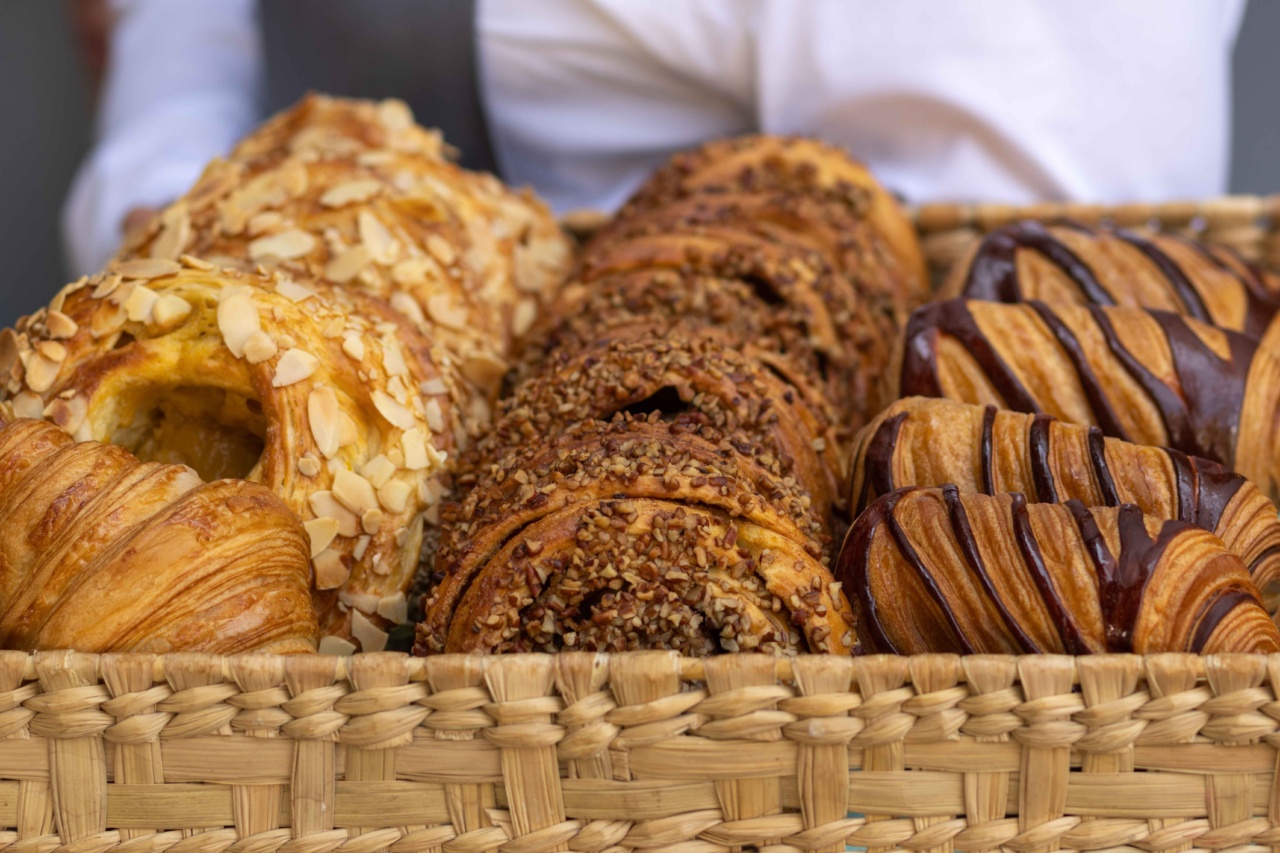Parkinson’s Disease (PD) is a neurodegenerative disorder that affects the central nervous system. It affects people of all ages, but typically develops in people over 60 years of age. PD is characterized by tremors, stiffness, and slow movement.
While there is no cure for Parkinson’s, there are various treatments aimed at managing the symptoms and improving the quality of life for people with PD. One such treatment that is gaining attention is chocolate.
What is Chocolate?
Chocolate is a food product made from the beans of the cacao plant. The beans are roasted, ground, and processed into cocoa solids and cocoa butter. Sugar and other ingredients, such as milk, are added to create different types of chocolate.
Dark chocolate contains a higher percentage of cocoa than milk chocolate, and white chocolate contains no cocoa solids but is made from cocoa butter and sugar.
How Does Chocolate Affect Parkinson’s?
Chocolate contains a compound called flavonoids, which are antioxidants that can reduce inflammation and oxidative stress in the body.
Studies have shown that flavonoids may have neuroprotective effects, such as reducing the risk of neurodegenerative diseases like Parkinson’s.
In addition to flavonoids, chocolate contains caffeine and theobromine, which are stimulants that can improve cognitive function, mood, and movement. PD affects the dopamine-producing neurons in the brain, which can lead to movement difficulties.
Caffeine and theobromine can mimic the effects of dopamine in the brain, helping to improve movement in people with PD.
The Science Behind Chocolate and Parkinson’s
Several studies have been conducted to investigate the effects of chocolate on Parkinson’s disease.
One study published in the journal “Frontiers in Nutrition” found that dark chocolate consumption was associated with improved motor and non-motor symptoms in people with PD. Another study published in the “Journal of Neural Transmission” found that theobromine, a compound in chocolate, improved cognitive function in people with PD.
Another study conducted by the University of Santiago de Compostela in Spain found that a cocoa-based product reduced oxidative stress and improved mitochondrial function in cells treated with toxins that mimic the effects of Parkinson’s disease. The study suggests that cocoa may have potential as a neuroprotective agent for PD.
How Much Chocolate Should People with Parkinson’s Eat?
While chocolate may have potential benefits for people with Parkinson’s, it is important to note that it should not be used as a stand-alone treatment.
The exact amount of chocolate that is beneficial for people with PD is not clear, and more research is needed to determine the optimal dose.
It is also important to choose high-quality chocolate that is low in sugar and dairy. Dark chocolate with at least 70% cocoa solids is recommended, as it contains the most flavonoids and antioxidants.
It is also important to consult with a healthcare professional before making any changes to your diet or treatment plan.
Other Foods That May Benefit Parkinson’s Patients
In addition to chocolate, there are other foods that may benefit people with Parkinson’s. These include:.
- Berries: Berries are a rich source of antioxidants and have been shown to reduce inflammation in the body. They may also have neuroprotective effects.
- Fatty fish: Fatty fish, such as salmon and tuna, are a good source of omega-3 fatty acids, which have anti-inflammatory effects and may help improve brain function.
- Green tea: Green tea contains compounds called catechins, which have been shown to reduce inflammation and protect against oxidative stress. They may also have neuroprotective effects.
- Turmeric: Turmeric contains a compound called curcumin, which has anti-inflammatory and antioxidant properties. It may also have neuroprotective effects and has been studied for its potential use in Parkinson’s treatment.
Conclusion
While more research is needed to determine the exact benefits of chocolate for people with Parkinson’s, early studies suggest that chocolate may have potential as a neuroprotective agent.
It is important to consume high-quality chocolate in moderation, and to consult with a healthcare professional before making any changes to your diet or treatment plan. In addition to chocolate, other foods such as berries, fatty fish, green tea, and turmeric may also be beneficial for people with Parkinson’s.






























